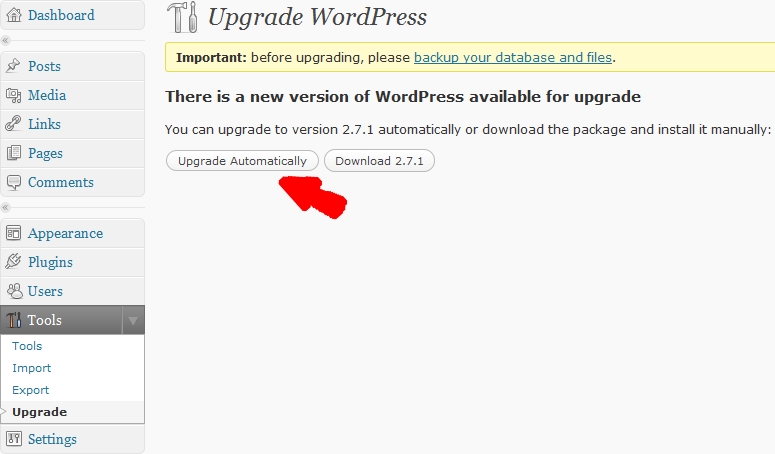Website updates and other random things

In no particular order: ((Photo courtesy of RandomChu))
- I often refer to myself as a Workers’ Compensation nerd. The other day I realized that would be a GREAT website name! Unfortunately, WCNerd.com is already taken by “white collar nerd.” Bummer, no? What a great e-mail address that would have been, too!
- With well over a 100 posts and counting I thought it was time to include a “tag cloud.” Its on the bottom of the right sidebar of this website. Its basically a grouping of the common words I use to tag various posts. The more common a word is the larger it appears. The top contenders are pretty telling
- To help with the website navigation and use of the “tag cloud” I’ve started being more liberal with how I tag my various posts. Its actually kinda fun.
- I’m using a new e-mail contact form. I was using “Contact Form 7,” which has a truly impressive feature list. While effective, I didn’t much care for this plugin because of its complexity. What I really wanted was a quick and easy way for website visitors to send me e-mail. Recently I found “Tiny Contact Form” by Tom Braider to be exactly what I needed. It is small, simple to configure, and easy to include. I’m actually using a modified version of the really fantastic “Tiny Contact Form” plugin. I’m rather proud of my modification on this plugin and even sent Tom Braider my changes which he ended up incorporating into the next version!
- Google recently swallowed up Feedburner. I was using Feedburner to manage the RSS feeds for this website. The only problem was that it was causing all kinds of problems. My RSS reader wasn’t picking up the new posts from my own blog! So, I scrapped the Feedburner management of my RSS feed and went back to the native WordPress support for RSS (which is pretty damn good).



